Designing a shade sail with varying heights for the mount points is a crucial aspect of its functionality and aesthetic appeal. This thoughtful design approach ensures that your shade sail performs optimally and enhances your outdoor space in several ways. Here’s why incorporating varying heights for the mount points is essential:
- Creating a Twist for Tension
One of the primary reasons for installing a shade sail with varying mount point heights is to create a twist in the fabric. This twist is vital for maintaining proper tension across the sail. When the fabric is taut, it minimizes slack and prevents the sail from sagging. Proper tension ensures that the shade sail remains in its intended position, providing consistent shade and protection. Note : it is not possible to create a twist in a 3 point sail therefore a triangle sail relies on extra tension and the fact that it does not have excess m2 of fabric within its perimeter measurement compared to a 4 sided shape
- Preventing Flapping in the Wind
A shade sail that flaps in the wind not only causes noise but also increases wear and tear on the fabric and mounting hardware. Varying the heights of the mount points creates a more aerodynamic structure, reducing the sail's ability to move or billow in the wind. This stability is particularly important in windy areas, where a tightly tensioned sail with a twist can significantly reduce the risk of damage.
- Reducing Wrinkles
Wrinkles and folds in the fabric not only detract from the visual appeal of your shade sail but also compromise its functionality. By varying the mount point heights, you ensure that the fabric is stretched evenly and smoothly, reducing the likelihood of wrinkles and maintaining a sleek, clean appearance.
- Improving Water Run-Off and potential Sagging
When it rains, a sail with varying mount point heights allows water to flow off the fabric more efficiently and not begin to pond in the centre before draining through the fabric . Hail is particualy prone to want to accumulate in the centre potentionaly causing damage through stretching and sagging. Effective water run-off also reduces the risk of mold and mildew, keeping your shade sail looking and performing its best.
- Enhancing Aesthetic Appeal
A shade sail with varying heights at the mount points creates a dynamic and visually interesting appearance. The undulating lines and twisted fabric add a modern, architectural element to your outdoor space, making it more attractive and inviting. This aesthetic appeal can enhance the overall look of your home, adding value and style.
Practical Considerations for Varying Mount Point Heights
When designing and installing your shade sail with varying mount point heights, consider the following practical aspects:
- Choosing Mounting Locations: Ensure you select sturdy and reliable mounting points that can support the tension of the sail.
- Calculating the Heights: Determine the optimal height difference between mount points. we suggest that the height differance between the diagonally oppersite mounting points is a minimum of 15% of the longest side. example : an 8m side would call for a 1.2m height differance
- Professional Installation: For large or complex installations, hiring a professional can ensure the sail is mounted correctly and securely, maximizing its performance and longevity.
Conclusion
Incorporating varying heights for the mount points of your shade sail is a smart design choice that enhances its functionality and appearance. By ensuring proper tension, preventing flapping, reducing wrinkles, facilitating water run-off, and improving aesthetics, this approach helps you get the most out of your shade sail. Whether you're creating a comfortable outdoor living space or adding a stylish feature to your home, a well-designed shade sail with varying mount point heights is an investment in both beauty and practicality.





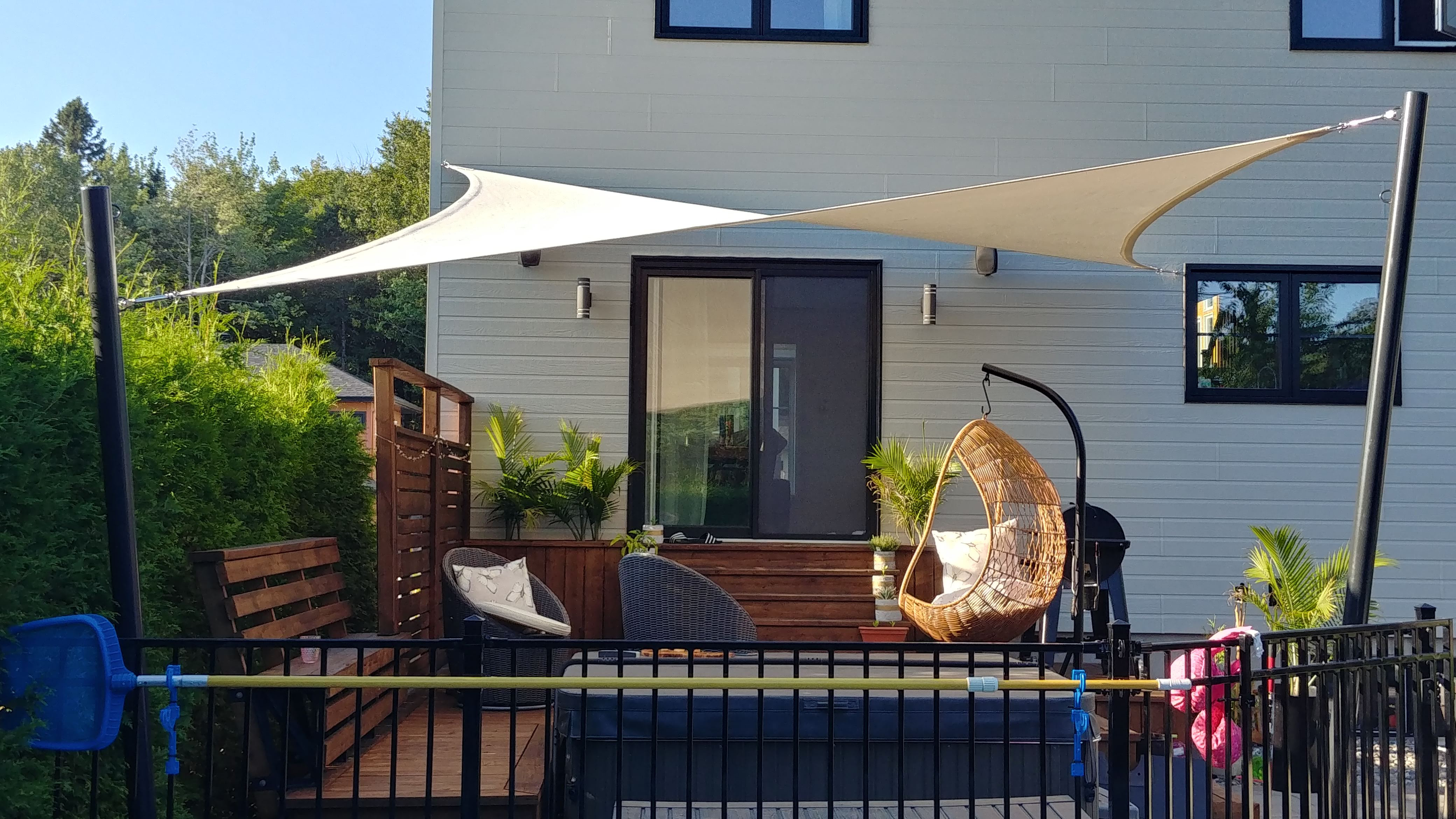
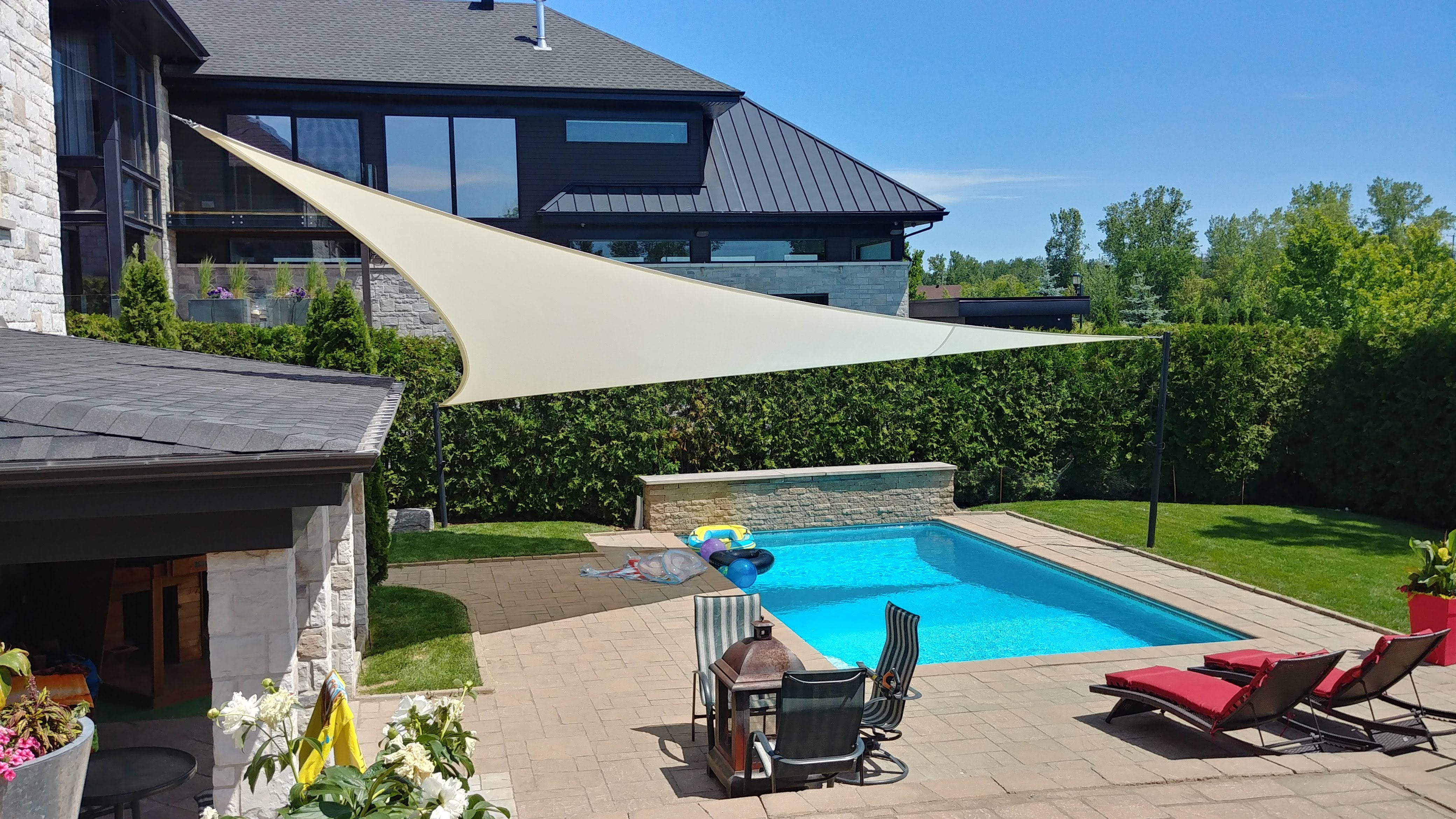
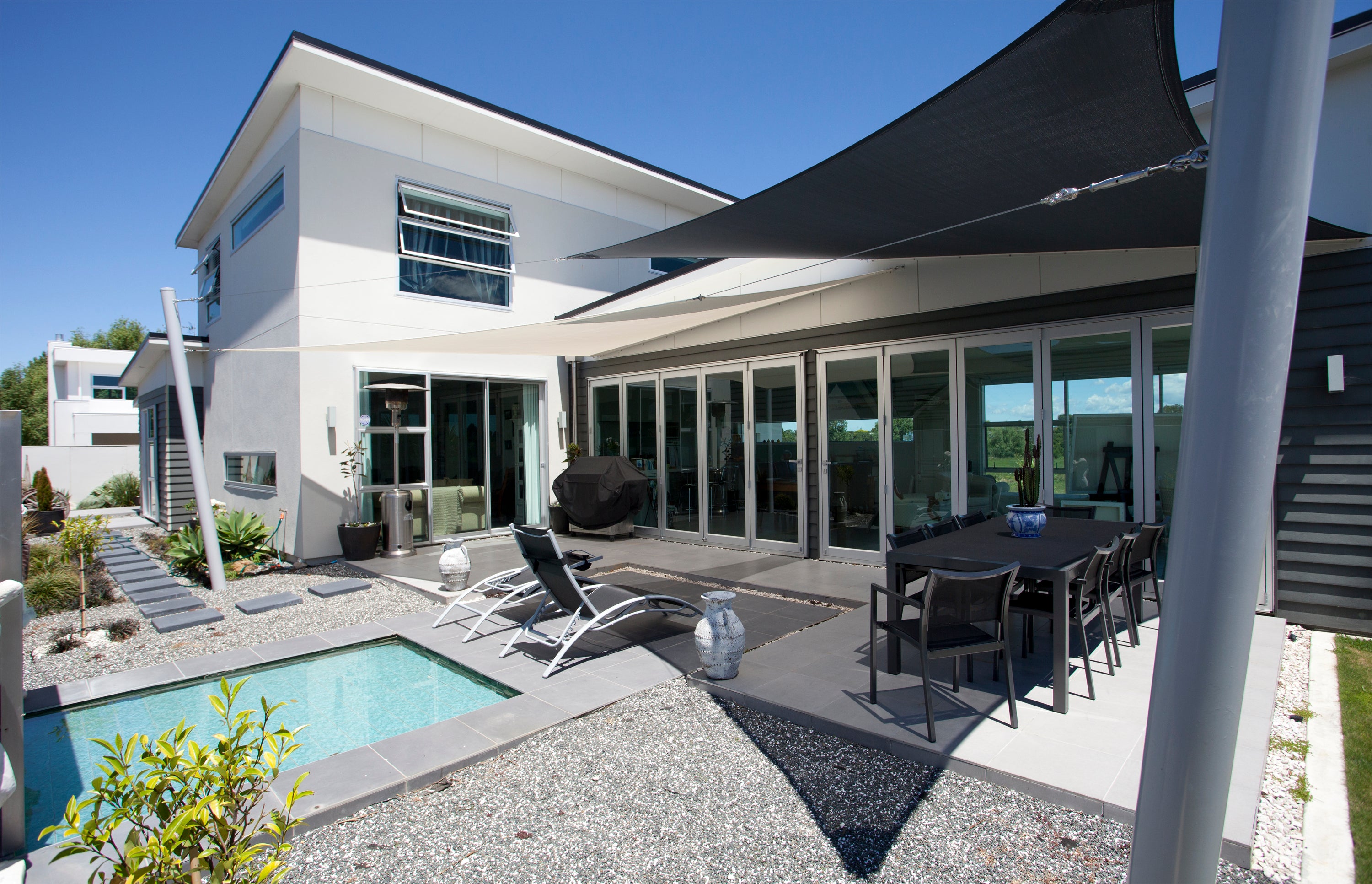
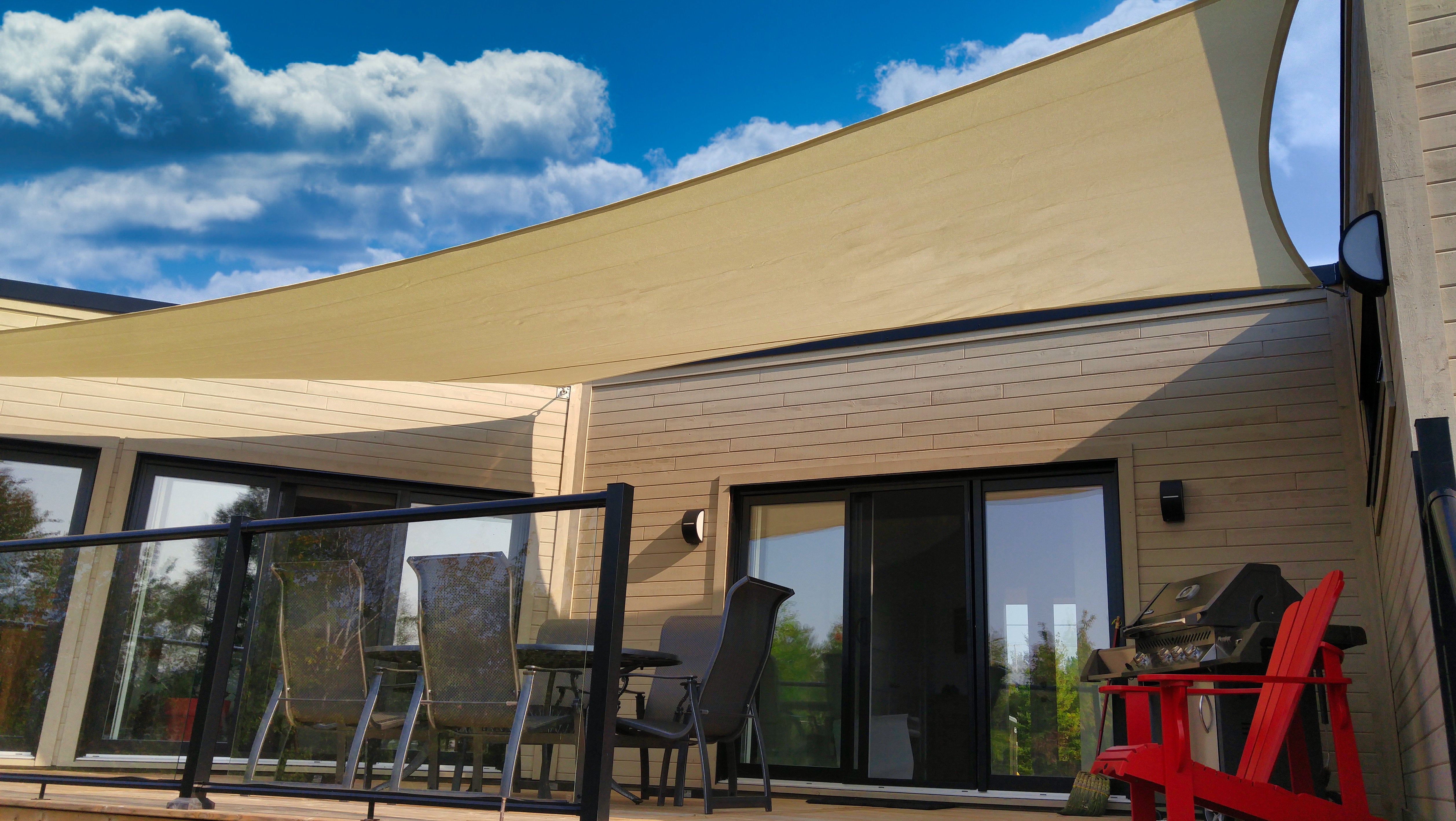
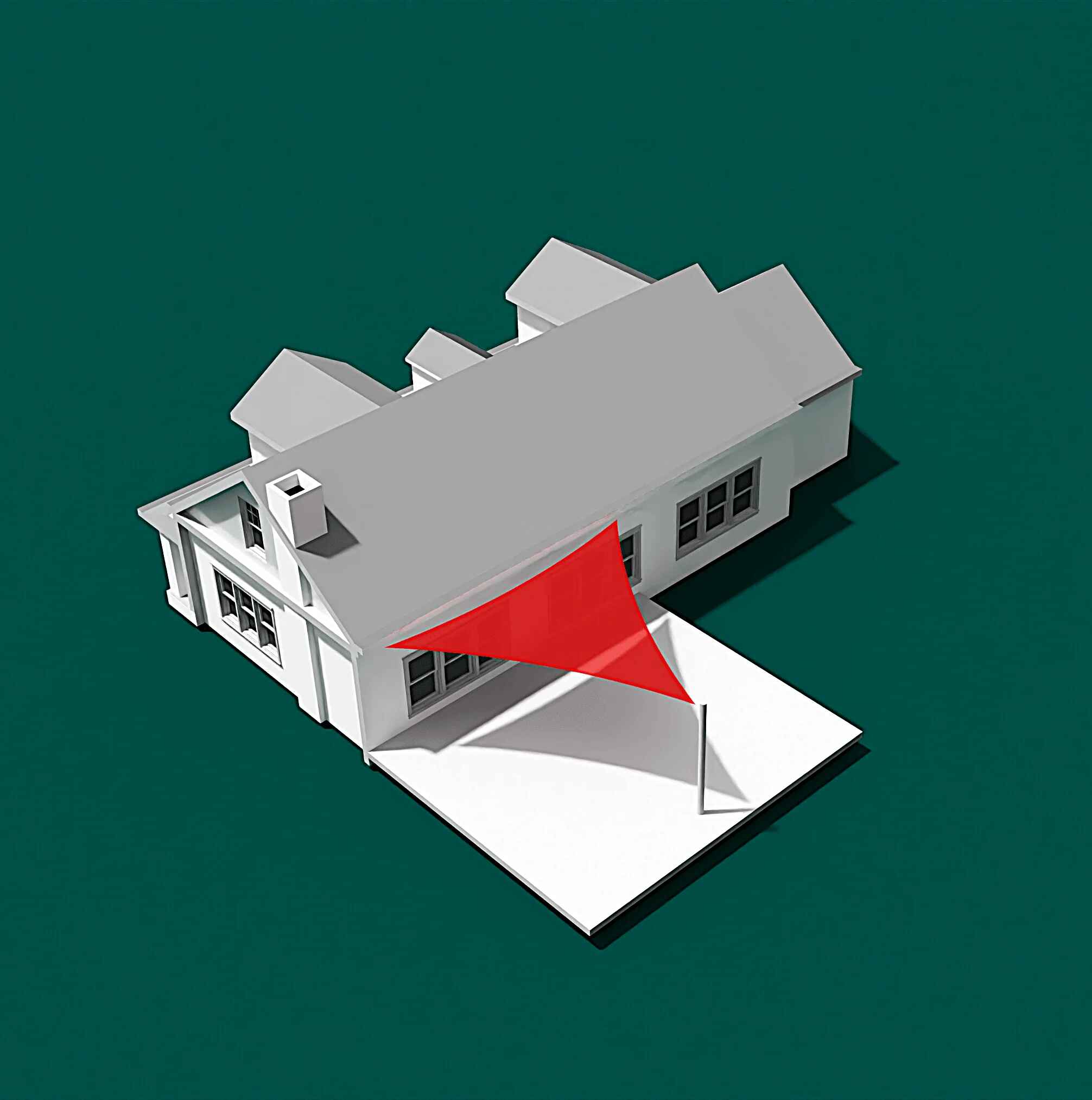

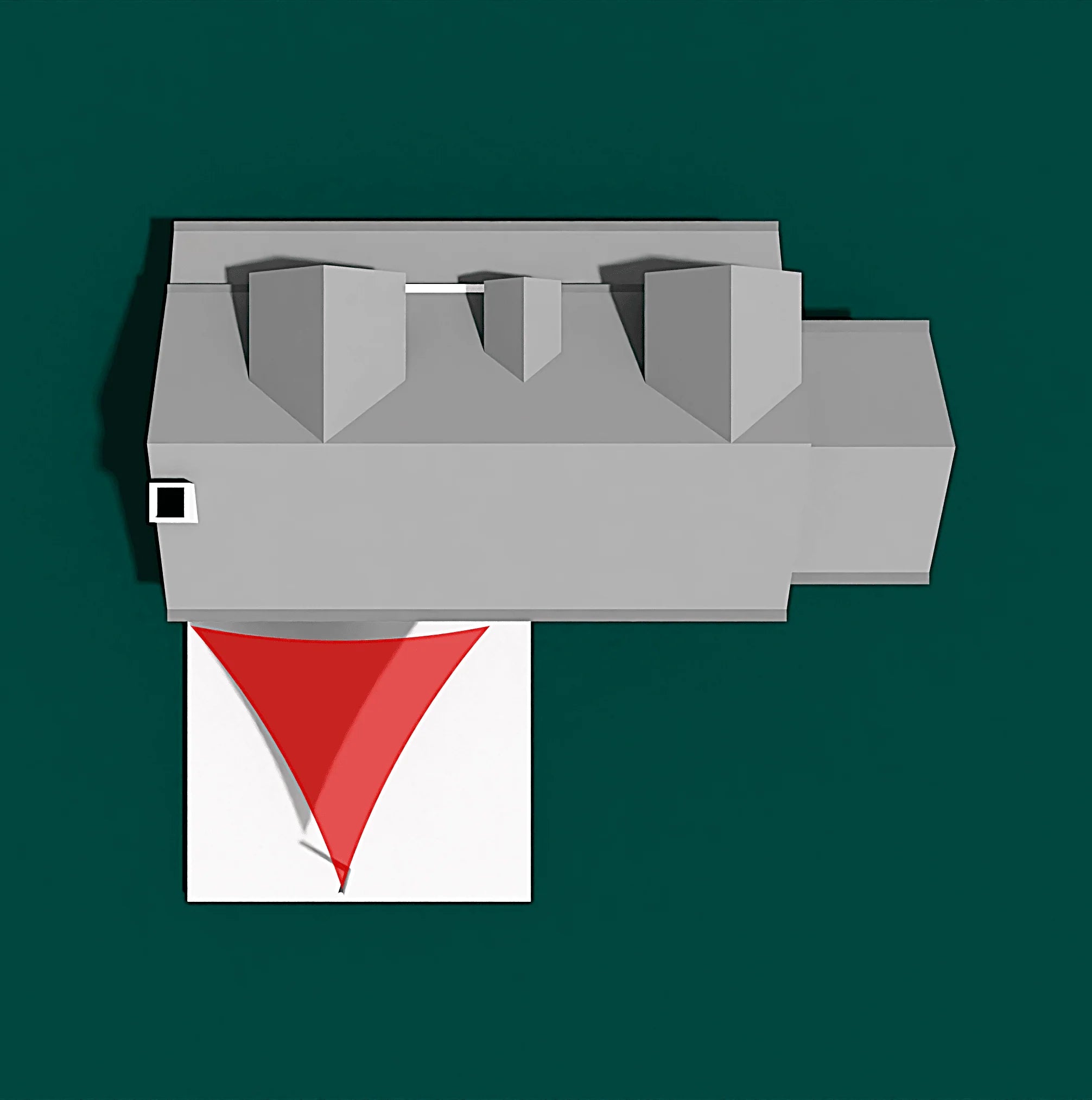
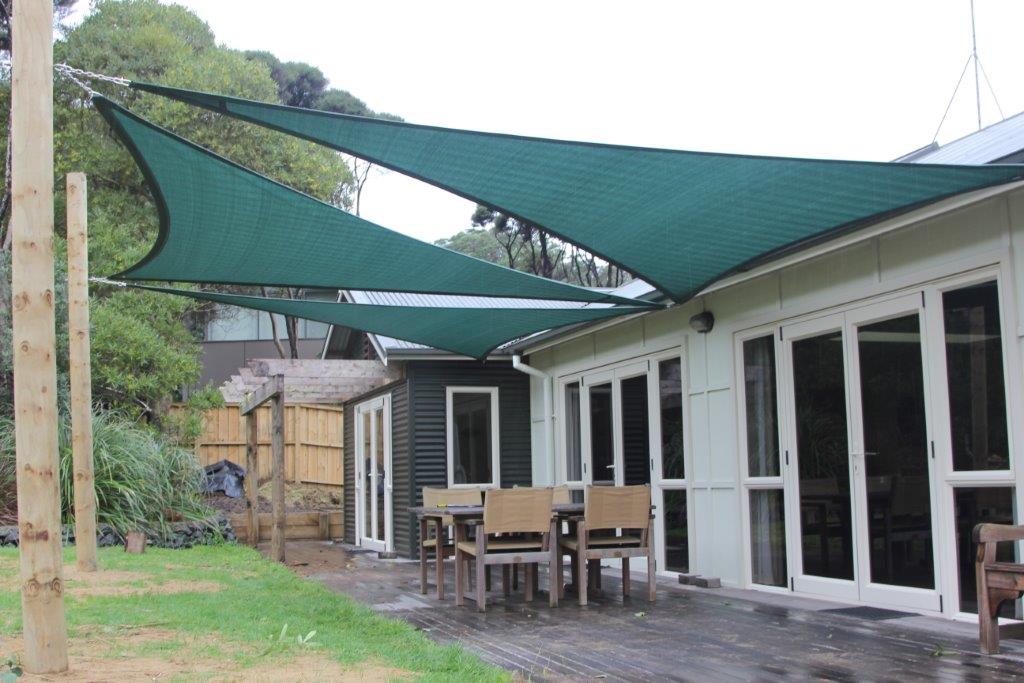

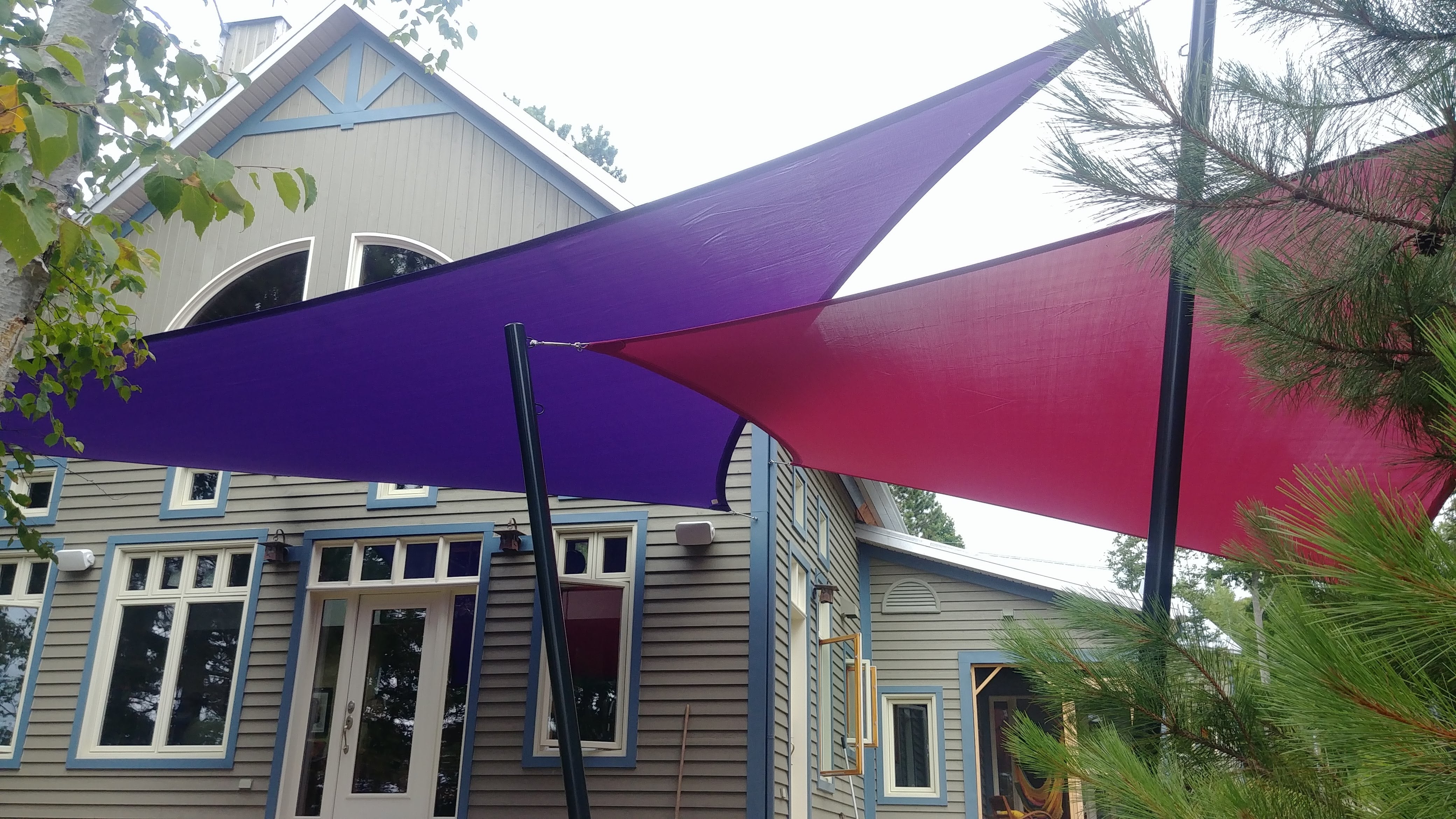
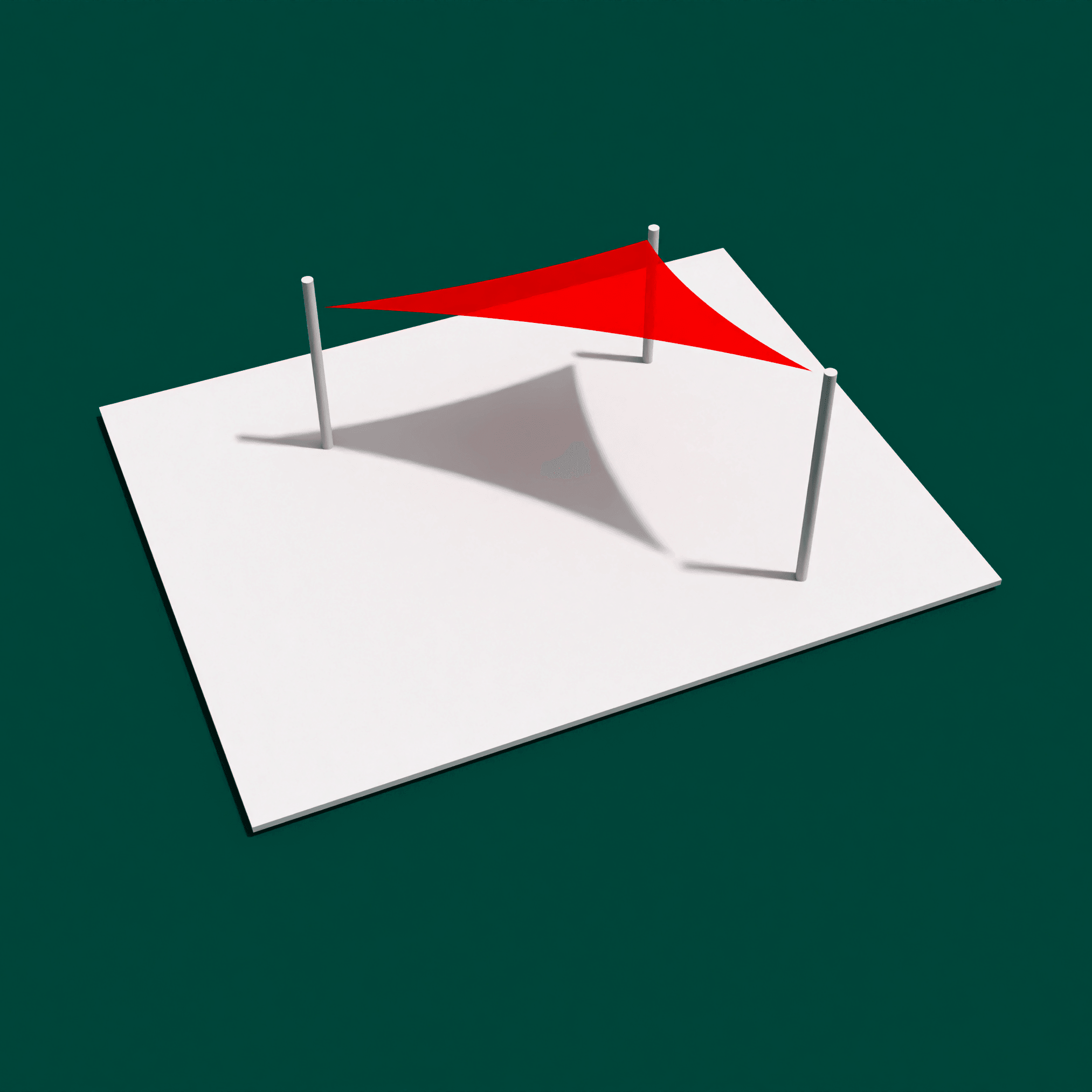
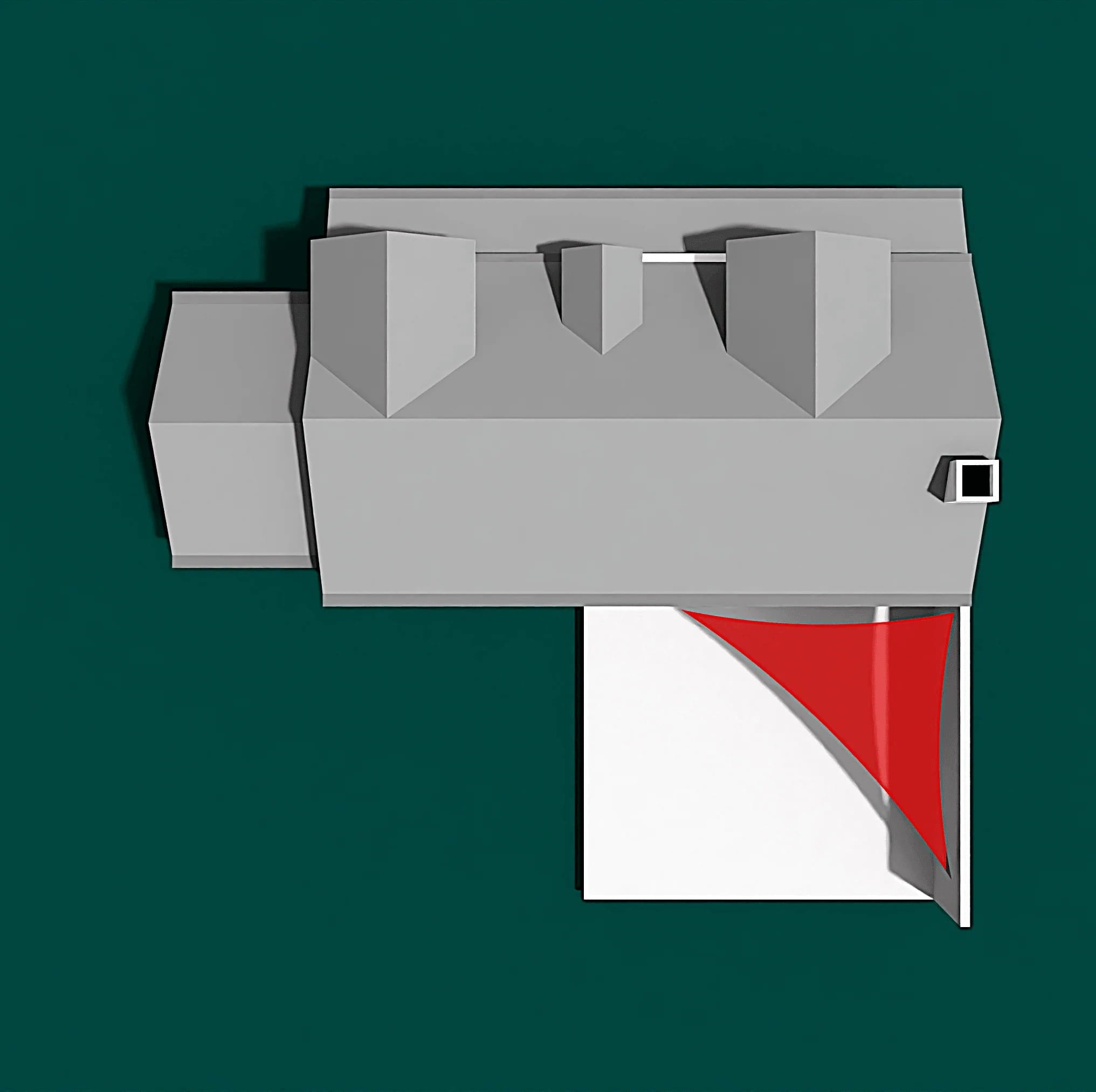

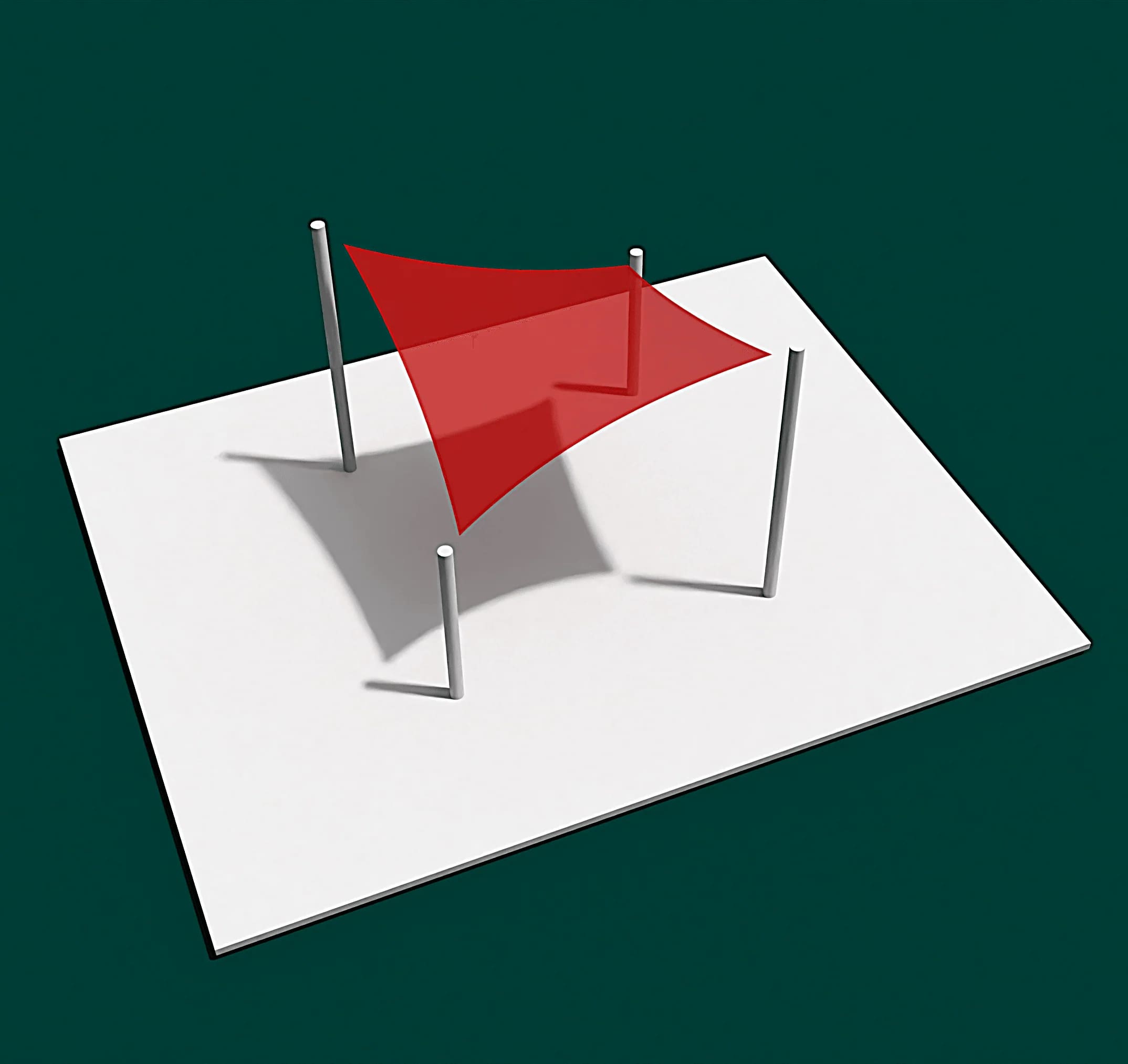
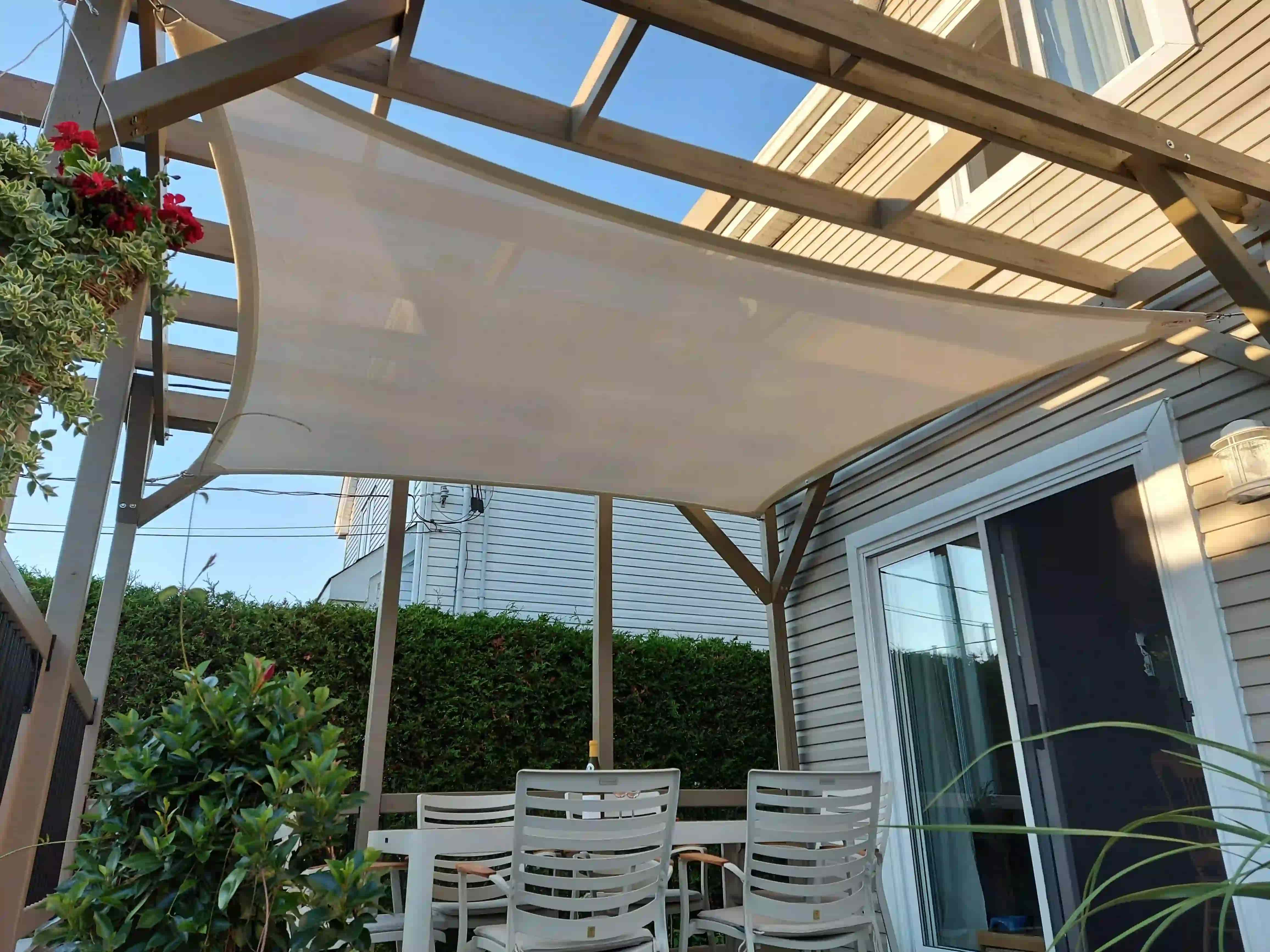
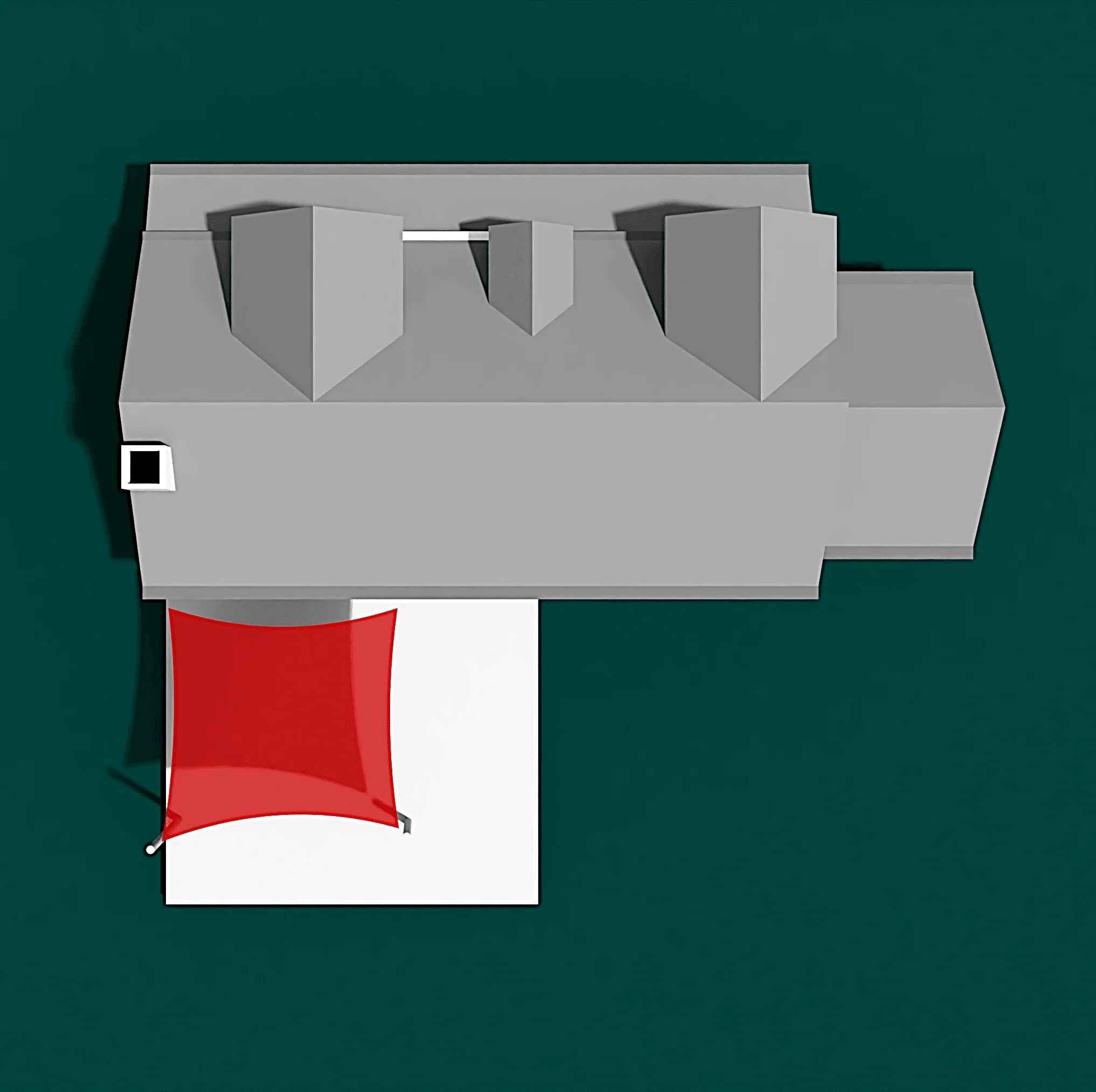
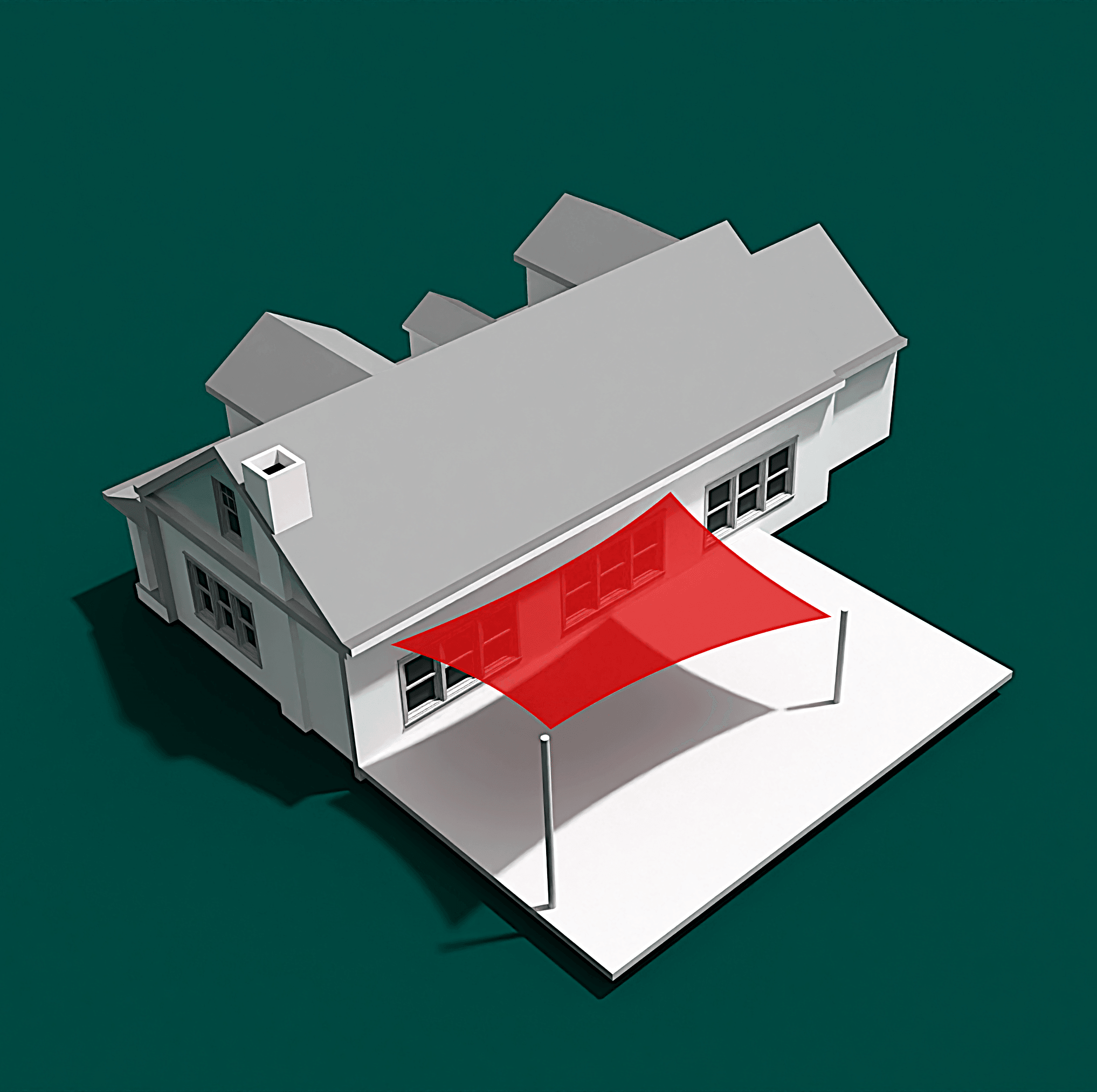

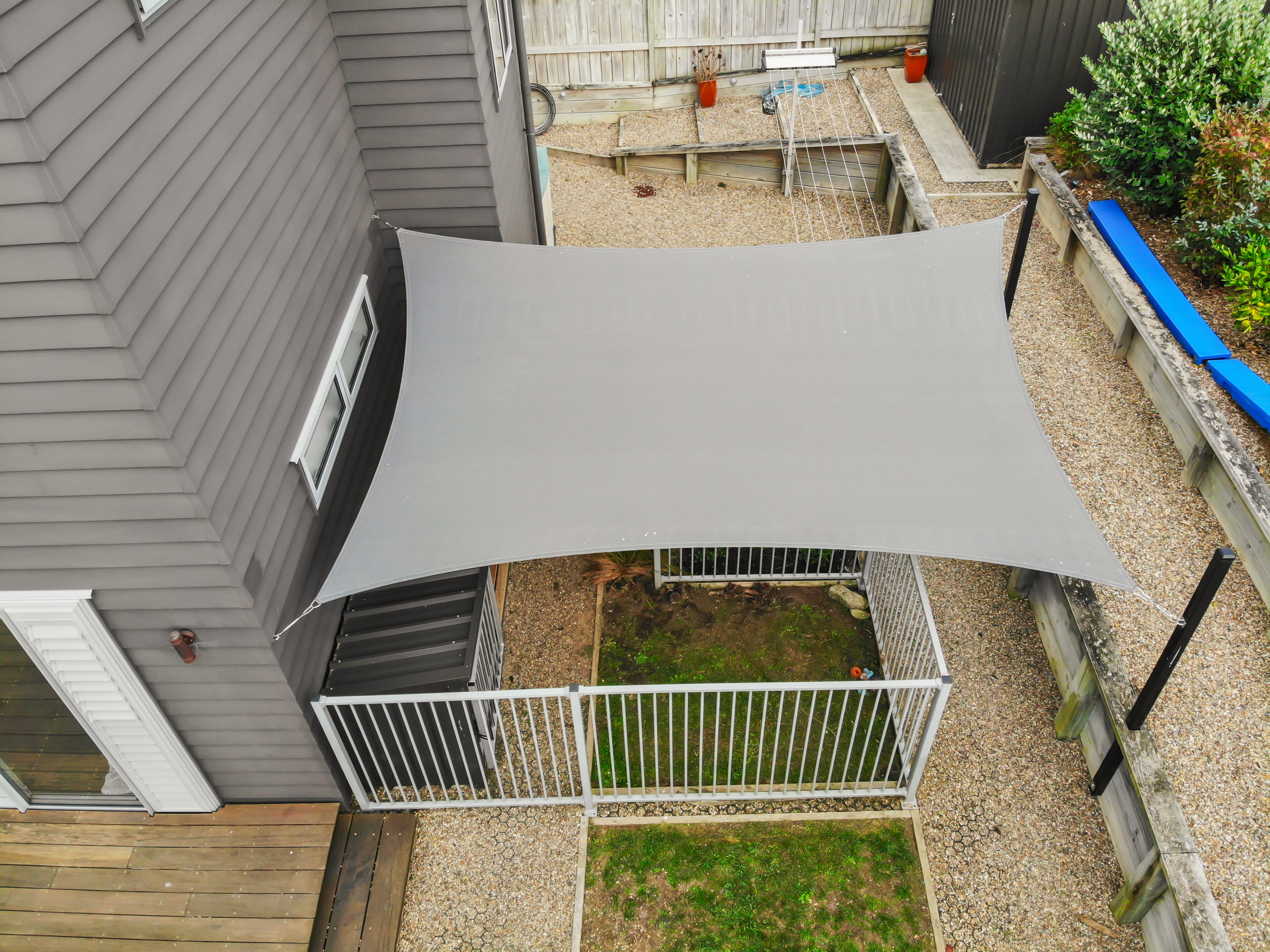
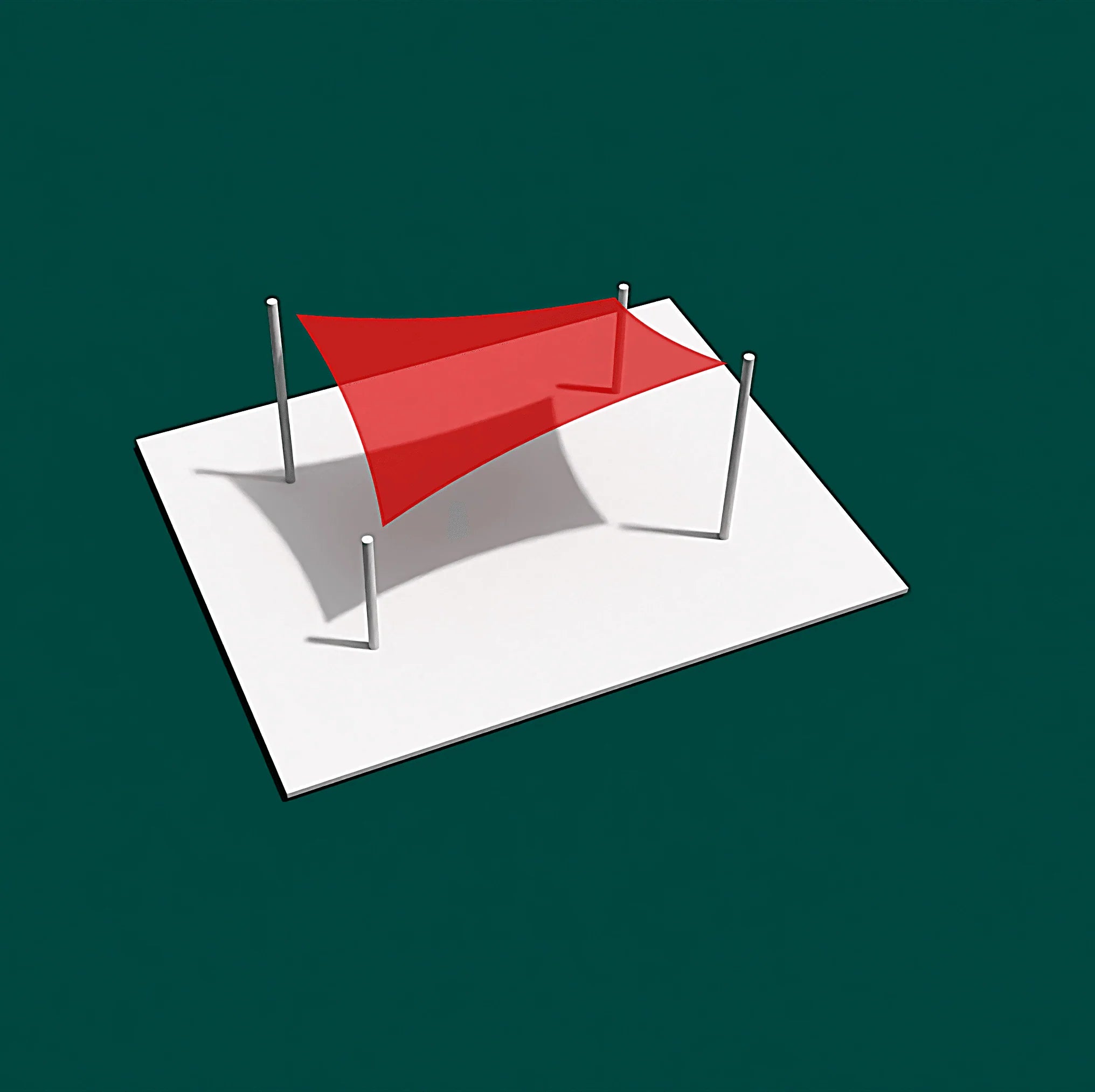
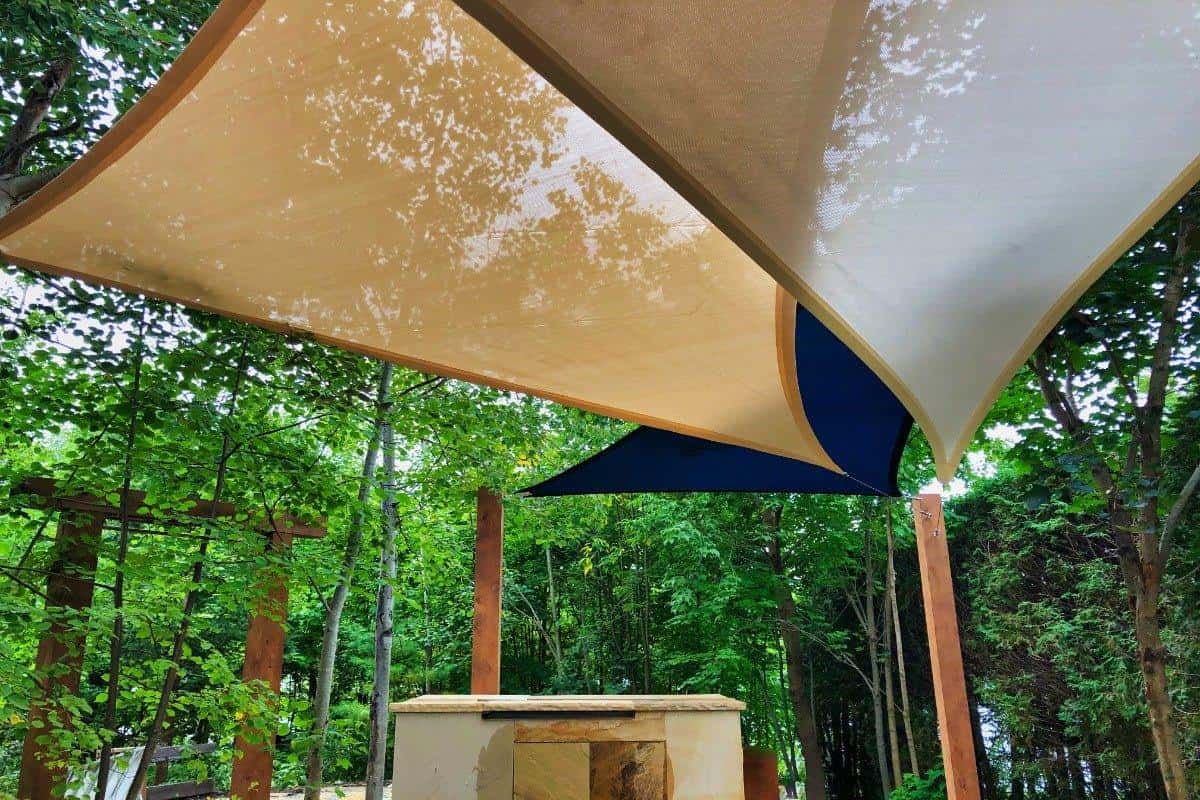
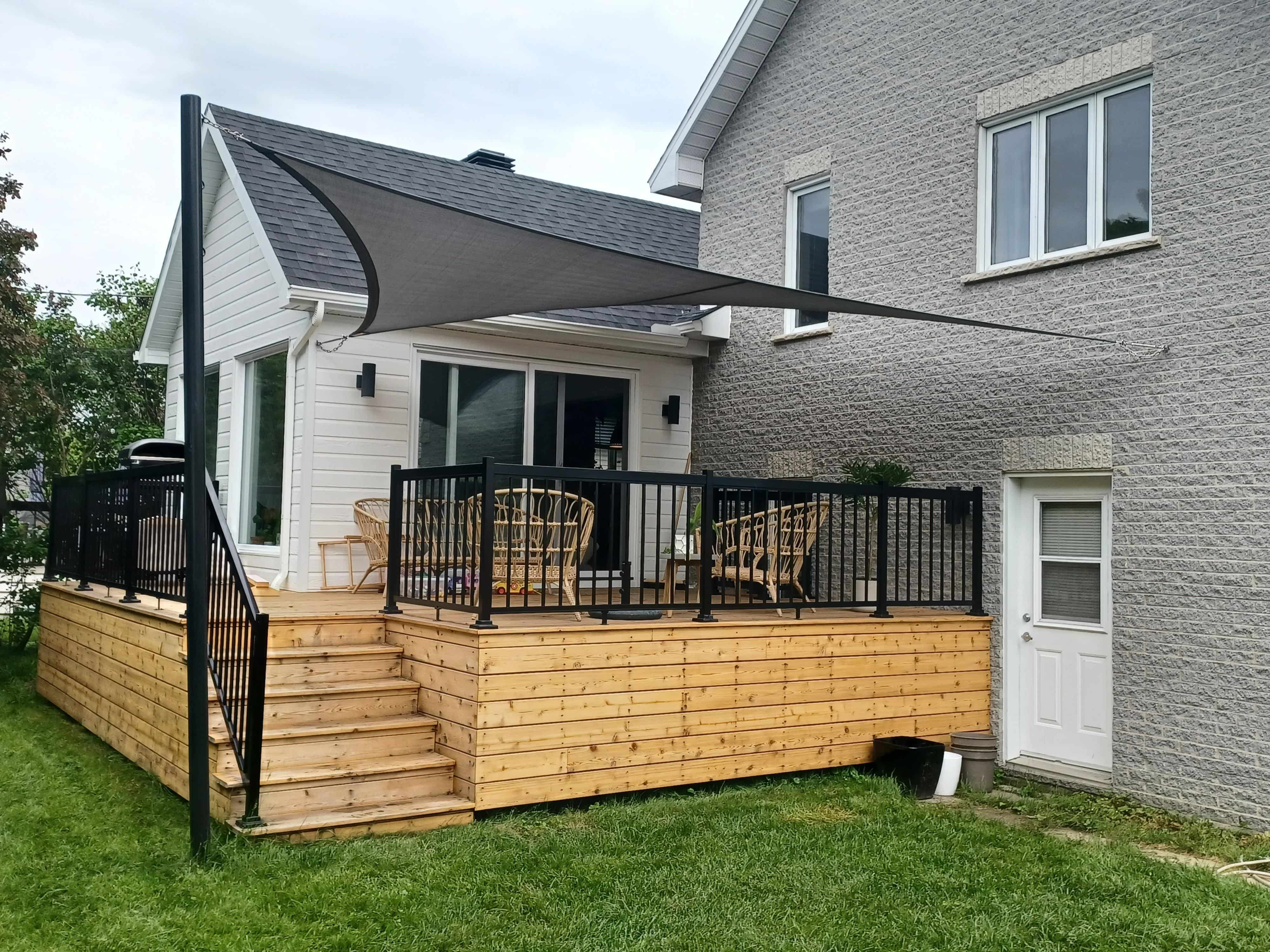




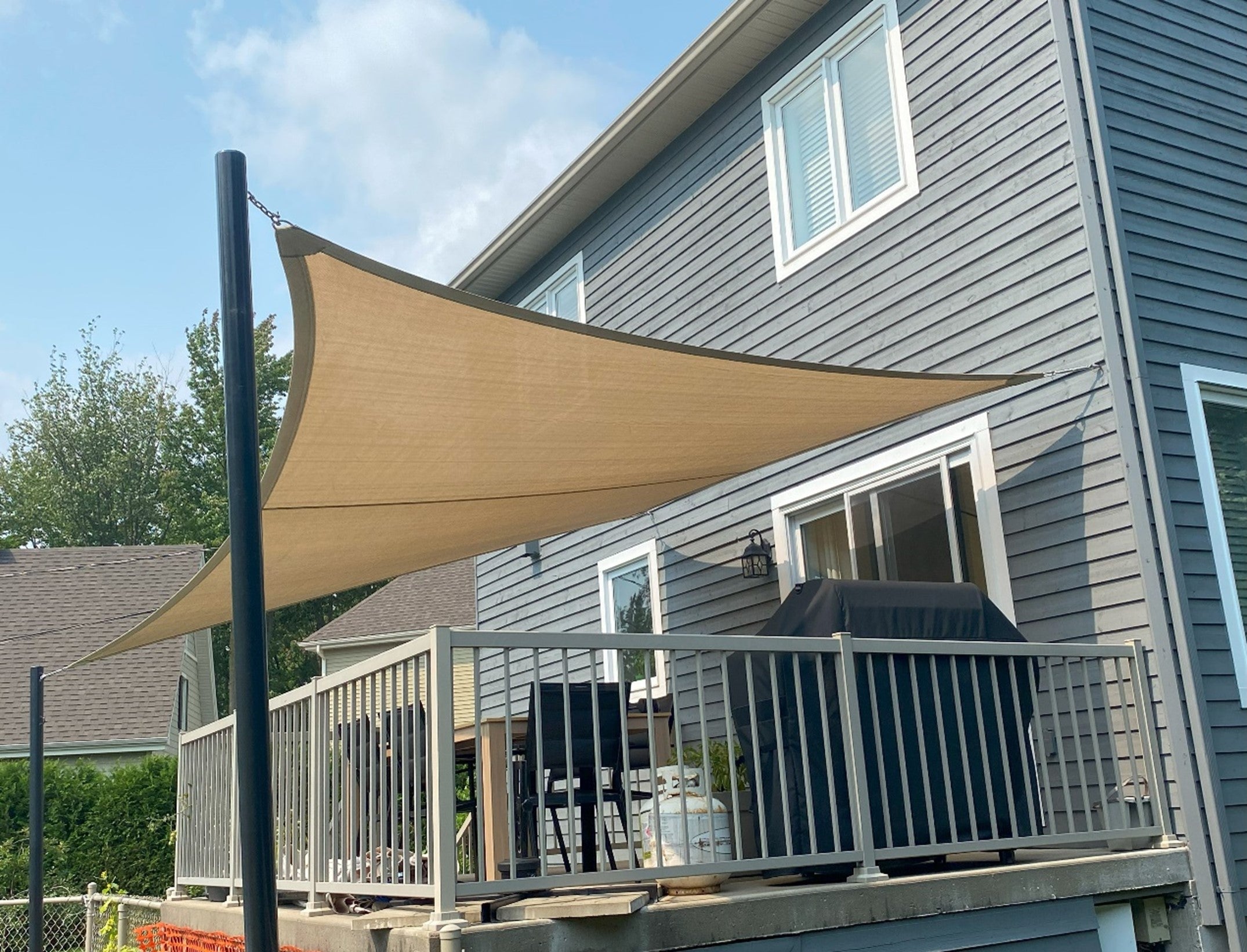




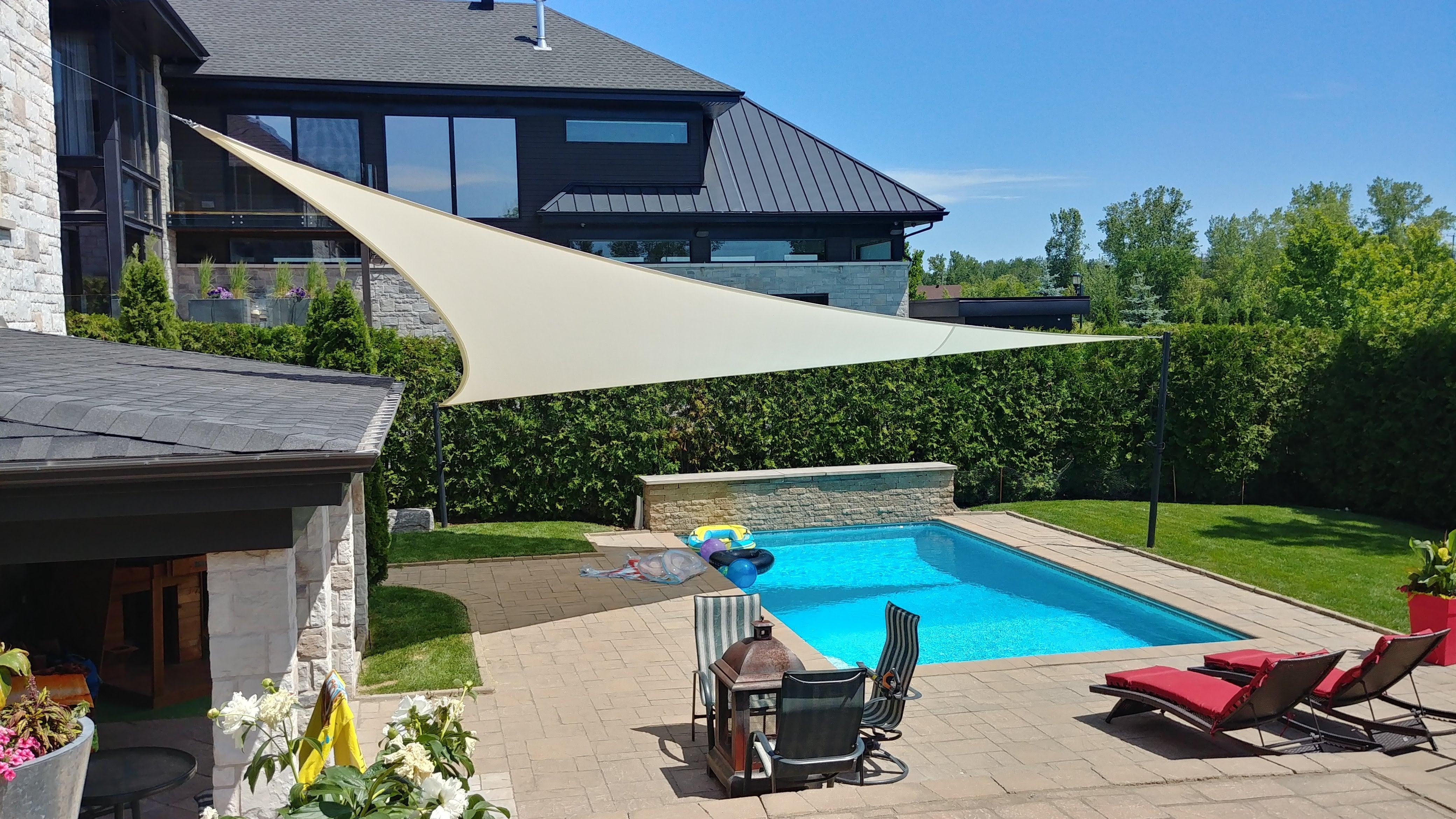
Share:
How to Tension Shade Sails Like a Pro: The Ultimate Guide